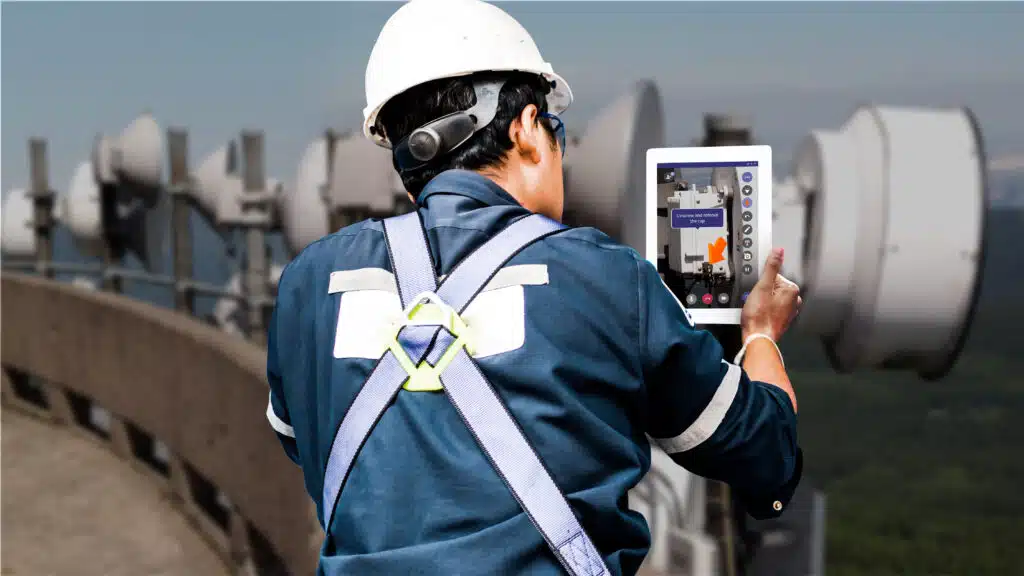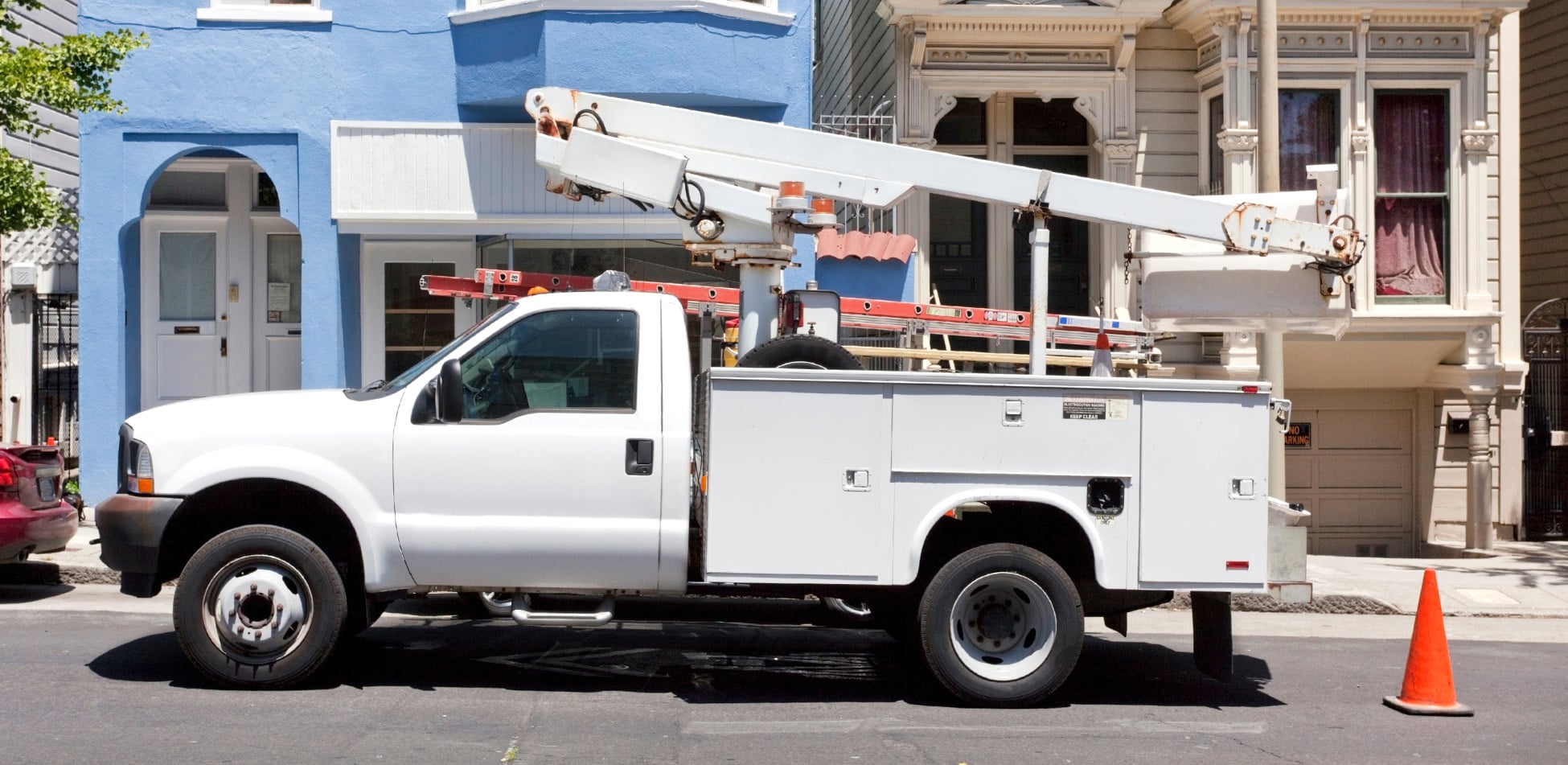What is a truck roll?
In field service operations, a truck roll signifies the dispatch or deployment of a technician to a customer’s location or designated field site. This deployment typically involves a vehicle, often a truck, and aims to address a specific need.
Technicians dispatched on a truck roll may be responsible for a variety of tasks, including:
- Installing or repairing equipment.
- Conducting routine maintenance or inspections.
- Providing on-site technical assistance.
While essential for many service providers, truck rolls can incur significant logistical and financial costs. Optimizing these deployments are crucial for efficiency and cost-effectiveness.
What is the cost of a truck roll?
The cost of a truck roll extends beyond the technician’s hourly wage. It’s a comprehensive calculation considering various direct and indirect expenses:
Direct Costs:
- Labor: This includes the technician’s wages, potential overtime pay, benefits, and travel time.
- Vehicle: Fuel, maintenance, insurance, and depreciation costs associated with the service vehicle.
- Parts & Materials: The cost of any components required for repair or installation.
Indirect Costs:
- Scheduling and Dispatch: Administrative expenses of managing service calls and technician deployment.
- Opportunity Cost: The potential revenue lost as the technician is unavailable for other billable tasks during the truck roll.
Calculating the Cost Per Truck Roll:
The specific calculation methodology may vary, but here’s a common approach:
- Track Relevant Expenses: Companies typically track both direct and indirect expenses related to truck rolls over a specific timeframe, such as a month.
- Calculate Total Cost: Add up the tracked expenses for the selected timeframe.
- Divide by Number of Truck Rolls: Divide the total cost by the number of truck rolls completed within the timeframe.
Total Monthly Truck Roll Costs / Total Monthly Trucks = Average Cost per Truck Roll
This calculation provides an average cost per truck roll for the selected timeframe. A common rule of thumb suggests the average cost of a truck roll can range between $200 and $300. It’s important to note that the cost of the service can vary greatly from company to company. Factors such as the industry, geographic location, fuel prices, technician skill level, and the complexity of service calls can all influence the actual cost of a truck roll for a specific business.
For example, consider the cost of dispatching a highly skilled technician to an offshore oil rig for complex maintenance. The dispatch would likely involve extensive travel, specialized equipment, and potentially higher-wage technicians. Now consider the cost of sending a local HVAC technician to a nearby home for a repair. The dispatch might involve minimal travel, standard tools, and a lower-wage technician. This comparison illustrates how factors like location, job complexity, and technician expertise significantly impact the actual cost of a truck roll.
Essential Metrics for Optimizing Truck Roll Efficiency
In field service operations, measuring key performance indicators (KPIs) is crucial for understanding truck roll efficiency and identifying areas for improvement. Businesses can implement cost-saving strategies and boost customer satisfaction by analyzing key metrics. Here are some of the essential metrics to monitor:
Field service organizations can identify areas for improvement by monitoring and analyzing these metrics. They can implement targeted strategies to reduce truck rolls, control costs, and enhance operational efficiency.
Strategies for Reducing Truck Rolls
In field service operations, truck rolls are a significant expense, but necessary to resolve customer issues. Minimizing unnecessary truck rolls is crucial for achieving operational efficiency and cost control.
Here are several key strategies for reducing truck rolls:
Leverage Remote Resolution Technologies:
- Thorough dispatching procedures: Based on reported issues, dispatch technicians with the necessary information, tools, and spare parts. This reduces the risk of return visits due to incomplete repairs or missing equipment.
- Invest in technician training: Provide continuous training to ensure technicians possess the necessary skills and knowledge to diagnose and resolve complex issues on the first visit.
- Standardize repair procedures: Implement standardized repair protocols and checklists based on best practices. This ensures consistency and reduces the risk of errors that might necessitate return visits.
Optimize Scheduling and Routing:
- Implement automated maintenance reminders: Implement automated systems to remind customers of scheduled maintenance needs. This encourages proactive service and prevents potential breakdowns that may require emergency truck rolls.
- Offer preventative maintenance contracts: Design service agreements to include regular inspections and maintenance to minimize the risk of unexpected equipment failures and associated service calls.
- Analyze historical data and trends: Utilize data analytics to identify equipment prone to frequent failures. Prioritize preventative maintenance for these assets to reduce the need for reactive truck rolls.
By combining these strategies, field service organizations can effectively reduce the number of unnecessary truck rolls. This leads to significant cost savings, improved customer satisfaction, and enhanced operational efficiency.
How the CareAR SXM platform can help reduce truck rolls
The CareAR SXM platform was designed to provide remote, live visual AR and AI interactions for users as part of a seamless digital workflow.
CareAR® Assist: Remote Visual Support

- Remote Troubleshooting and Diagnosis: CareAR Assist facilitates real-time video calls between technicians and remote experts, augmented with AR annotations. Experts see precisely what the field technician sees, enabling faster and more accurate problem diagnosis.
- Resolution Without Dispatch: Remote experts can guide technicians through repairs or complex procedures using AR overlays and visual instructions. Resolving issues remotely eliminates the need for on-site truck rolls for problems that can be addressed with real-time expert support.
- Enhanced First-Time Fix Rates: With direct access to expert knowledge and guidance, technicians in the field can solve issues effectively on the first visit, reducing the need for costly return visits.
CareAR® Instruct: AR and AI-powered Digital Work Instructions

- Self-Service Empowerment: CareAR Instruct provides customers with interactive, step-by-step visual guides accessible via AR-enabled devices. Customers can troubleshoot and resolve basic issues independently, reducing support calls and truck rolls for minor problems.
- Improved Technician Preparation: Technicians refer to detailed AR-powered instructions on specific procedures before dispatch. This ensures that technicians arrive on-site equipped with the necessary knowledge and tools to resolve the issue on their first visit.
- Knowledge Transfer for Skill Gaps: CareAR Instruct allows technicians of varying skill levels to access comprehensive AR work instructions. Less experienced technicians can execute complex jobs successfully, minimizing the need to dispatch highly skilled experts.
The Combined Impact
By utilizing CareAR Assist and CareAR Instruct in tandem, field service organizations gain a powerful toolkit for reducing unnecessary truck rolls. Remote technicians and customers can now address problems that previously required on-site visits through remote expert support and self-guided digital instructions. This directly translates into improved operational efficiency and cost savings.
If you want to learn more about how CareAR can help you optimize your resources and reduce truck rolls, contact one of our experts to learn more.
Interested how much carbon you are emitting due to truck rolls? Calculate your emissions in our easy carbon calculator! Find out how you can reduce your carbon footprint with CareAR!
